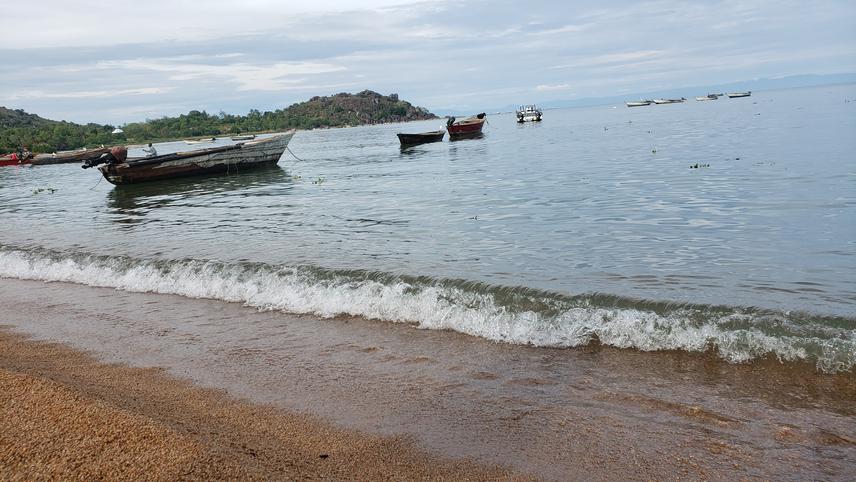Lusekelo Silabi
Lake Tanganyika (6°06′S, 29°30′E), with a catchment area of 231,000 km2, is an African Great Lake. It is the second-biggest lake in the world in terms of volume and the largest rift lake in Africa. With 16% of the fresh water available worldwide, it is the deepest lake in Africa and contains the most freshwater on the continent. It is also the second-oldest freshwater lake in the world and the world's longest freshwater lake. It is shared among four countries—Tanzania, the Democratic Republic of Congo, Burundi, and Zambia—with Tanzania (46%) and the DRC (40%) possessing the majority of the lake. It drains into the Congo River system and ultimately into the Atlantic Ocean. The lake is home to many species (e.g., cichlid and non-cichlid fish), among them endemic and endangered. The lake holds at least 250 species of cichlid fish, there are more than 80 species of non-cichlid fish, and about 60% of these are endemic.

Lake. @Lusekelo Silabii.
Moreover, the lake is vital for the survival of many threatened species, including L. kungweensis, a critically endangered cichlid. Lamprologus kungweensis is a species of cichlid endemic to Lake Tanganyika, where it is known from the north-western part of the lake in Kungwe Bay (5°42'0"S, 29°52'0"E), Kigoma, Tanzania, where it can be found living in shells. Despite being classified as critically endangered, L. kungweensis has been severely collected as ornamental, and it is mainly found in the aquarium trade. At Kungwe Bay, there are no conservation efforts to protect this species from illegal collection and anthropogenic pollution. The study will be conducted in villages along the shores of Lake Tanganyika, particularly Kungwe Bay in the Kigoma region, to promote and build capacity for the conservation of L. kungweensis.